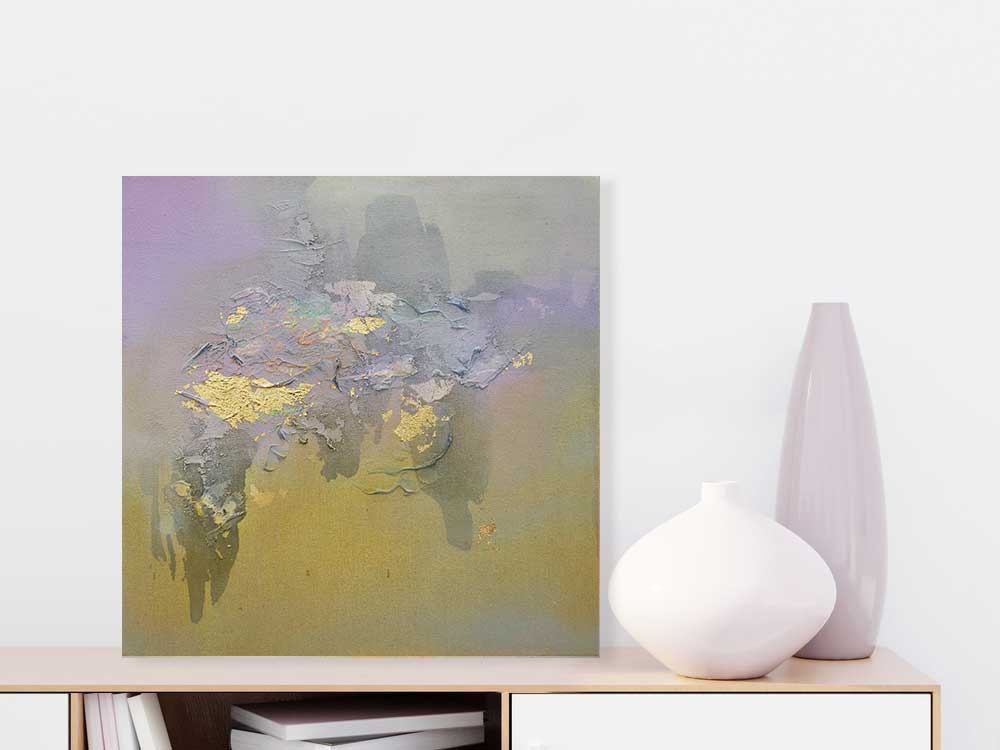It is hard to imagine a life without color. The truth is we don’t all exactly know the colors that someone else sees. We all probably see colors a little differently, different shades, different tones, and hues. We know that color blindness exists and some people cannot see colors and instead live in a world of muted colors. Almost more terrifying to me than color blindness would be living in a world of hyper-color. Where every color appeared neon and fluorescent. Could you imagine, only being able to escape bright, burning colors by closing your eyes?
Color communicates so much. It has the power to convey moods and feelings like when people say, “He was green with envy,” “I’m feeling blue” or “She was red hot, she was so mad.” Color is used to organize life and bring order, like stop lights, or yellow versus white directional stripes on the road, or when some very organized people color code things everything from books to tupperware.
There have been hundreds of books written on the psychology of color. (Here are a three of my favorites on the subject: The Secret Lives of Color, The Little Book of Colour, Handbook of Color Psychology)
Examples of the importance of color might be politicians wearing a red tie to communicate power and authority. Or Hillary Clinton choosing a purple suit on the day she gave her 2016 presidential election concession speech. Purple being a mix of red and blue, the colors associated with the Democratic and Republican parties, symbolizing unity and a desire to move forward. Many color therapists will tell you never to paint your bedroom red because it can hinder sleep and disrupt the brain as you are trying to relax and fall asleep.

It is for this reason that choosing colors and choosing where they fit in our lives is essential to how we live and the kind of lives we try to cultivate. So I would ask, what type of life and living environment are you trying to cultivate for yourself?
I cannot answer that for you, but I can tell you the life and environment I am trying to cultivate. I want my environment to be a peaceful one. One that highlights the natural beauty in the world. It is this ever-present pursuit of peace that leads me to create art that is soothing, balanced and peaceful. I’m ever seeking to bring light, peace, and calm into my space.
Color affects me on so deep a level that I cannot describe it except to say, that when I’m in the presence of a lot of red or orange, I can literally feel my stress level rising. My heart beats faster, my eyes feel like they are pulsating inside my skull and my anxiety levels shoot through the roof. Color has the power to place stresses and strains or peace and tranquility simply by their presence in your space.

You will notice I paint with mostly cool tones or pastels. The reason is cool tones are generally associated with peaceful things. Green is usually associated with nature, trees, grass, and peaceful scenes. Blue is often associated with blue skies or glassy waters, both calming things in nature. Here’s the question though…. if the sky was red, and the grass was orange, would those colors be associated with peace and tranquility?
Is color and our experience with color associative, meaning we are attracted to certain colors because of our environments and what we seek. Or do we inherently like certain places or things in nature because the colors themselves are inherently soothing?
Which came first, the chicken or the egg? I tend to be of the opinion that God created colors with inherent properties that would draw out parts of His glory. That different colors themselves have inherent qualities that evoke peace, tranquility, hope, energy, excitement, and more. I believe God purposely placed calm, peaceful, soothing colors around us with the intention to purposely evoke emotions of peace, of tranquility, and of His beauty. I think that is why it is universally acknowledged that “going for a walk,” or “spending time outdoors” will help clear your mind, refocus you on a peaceful path, and generally lift your spirits.
Mountains are not neon colors. The sky isn’t screaming at you in bright pulsating energy.
I think color is more important than we realize. How does color affect you? Or have you never really noticed much of an emotional difference between different colors? If you’re color blind how does your experience with colors or lack thereof affect the way to see the world? I’d love to know your answer to any of these questions! Comment below!
This post may contain affiliate links. I may receive commissions for purchases made through links in this post. As an Amazon Associate I earn from qualifying purchases.
Follow me on Instagram @christineolmstead Pinterest @christineolmstead Facebook @ceolmstead



Comments
I heard the most interesting thought bout color the other day. Neil Degrasse Tyson was speaking on how the iron in our blood is what makes it flow red. Because of that, we inherently associate red with danger, because we are afraid of blood spill; red means stop. He said that if our blood had copper in it instead, it would flow green, and stoplights as they are now would not be effective. It’s crazy how we associate color with certain messages based on how the color works in and/or with our body. It creates a huge black hole of unanswerable thoughts and questions, at least for me.
Do you have a video showing how to work with gold or silver sheets?
Good